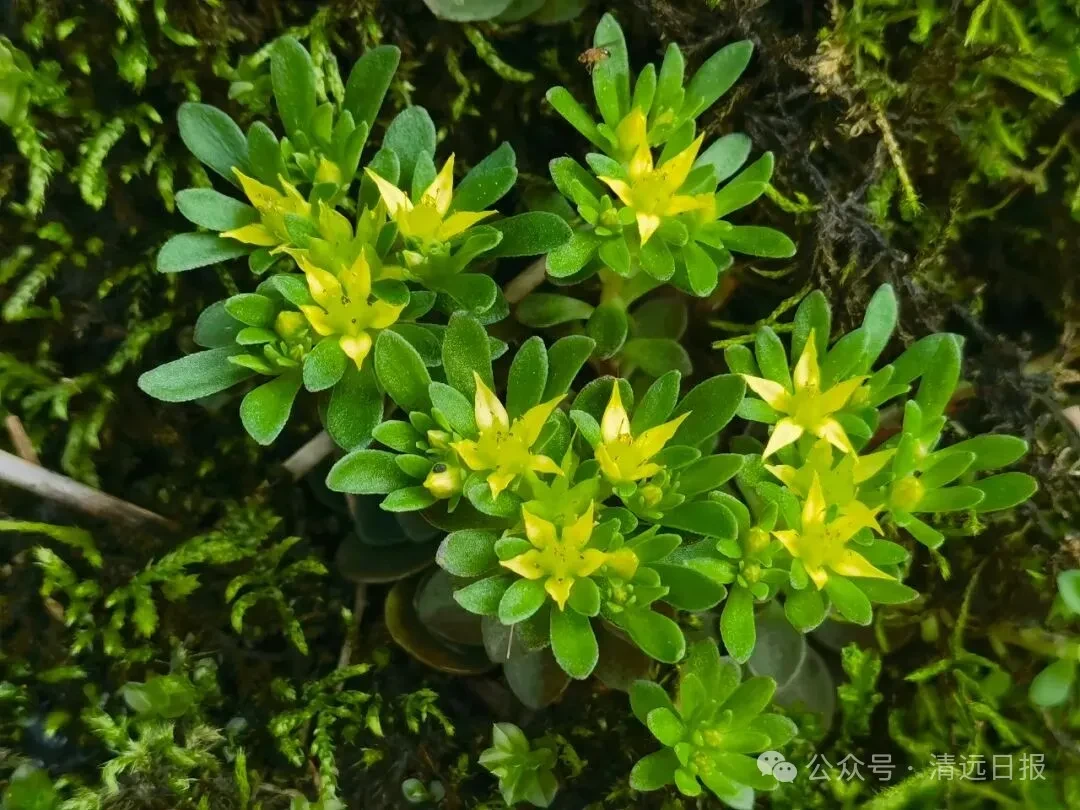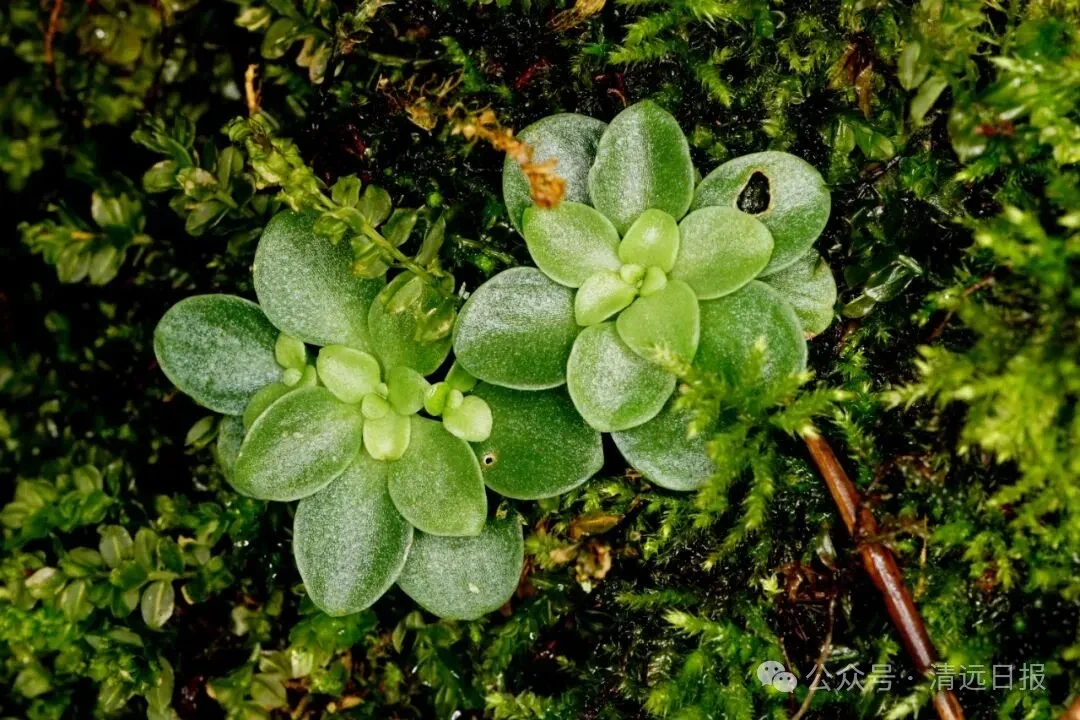A new plant, named Sedum baiwanense (Baiwan Stonecrop), has been discovered in the Qingxin Baiwan Provincial Nature Reserve in Qingyuan, Guangdong. The find, announced on October 23, 2025, by the reserve and Sun Yat-sen University, highlights the rich biodiversity of this unique limestone forest region.


Researchers identified the species during a routine ecosystem survey, noting its distinctive rosette-shaped leaves and bright flowers on a rocky cliff. Confirmation as a new species came through detailed physical examination and DNA analysis, adding a new member to the resilient Sedum genus, known for thriving in dry conditions.
With fewer than 100 individual plants found in its only known habitat, the species was quickly classified as Critically Endangered under international standards. This extremely limited distribution makes it highly vulnerable to environmental changes.
This discovery marks the third new species identified in the reserve since 2023, following the Baiwan Violet and Baiwan False Rough Mint. The area, often called a "species gene bank," is home to over 1,000 recorded types of wildlife, including rare animals like the Fairy Pitta and leopard cats.

"The discovery of these new species is like receiving surprise gifts from nature," said Jia Xinyu, Deputy Director of the Qingxin Baiwan Provincial Nature Reserve Management Office. He added that the reserve has strengthened the protection of its limestone forest ecosystem through measures like combating rocky desertification, using infrared camera monitoring, and conducting scientific surveys with research teams, all aimed at improving the area's ecological health.
Looking ahead, the reserve plans to deepen cooperation with research institutes to enhance monitoring, conservation efforts, and public awareness for rare species like Sedum baiwanense.
Author | Feng Huiting
Photo | Qingyuan Daily
Editor | Huang Qini, James Campion, Shen He
















